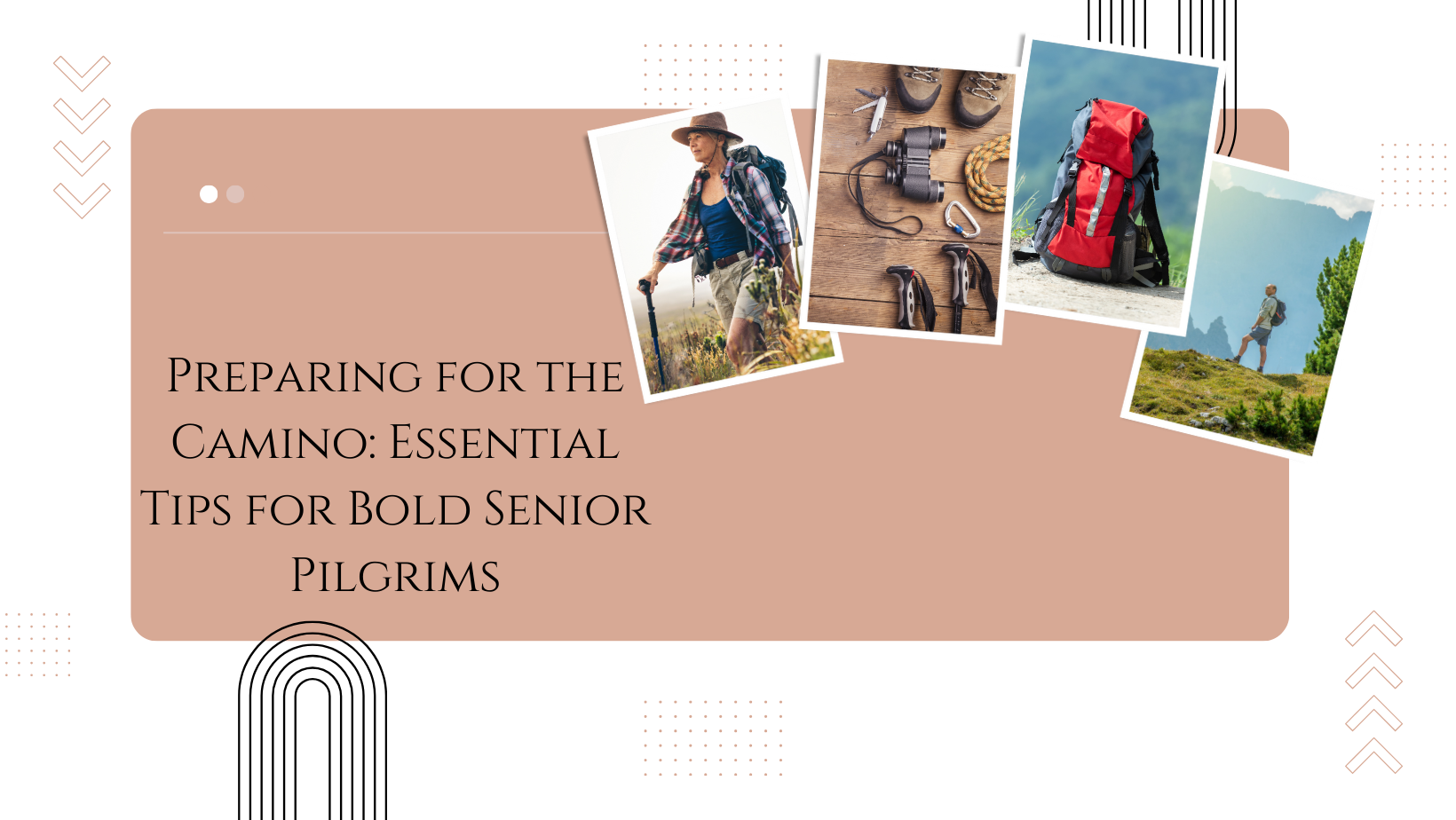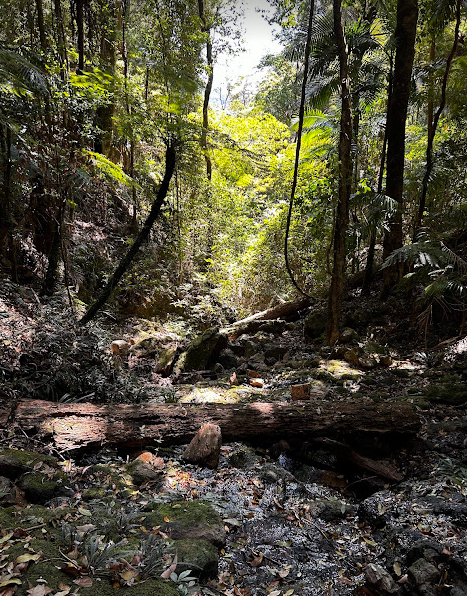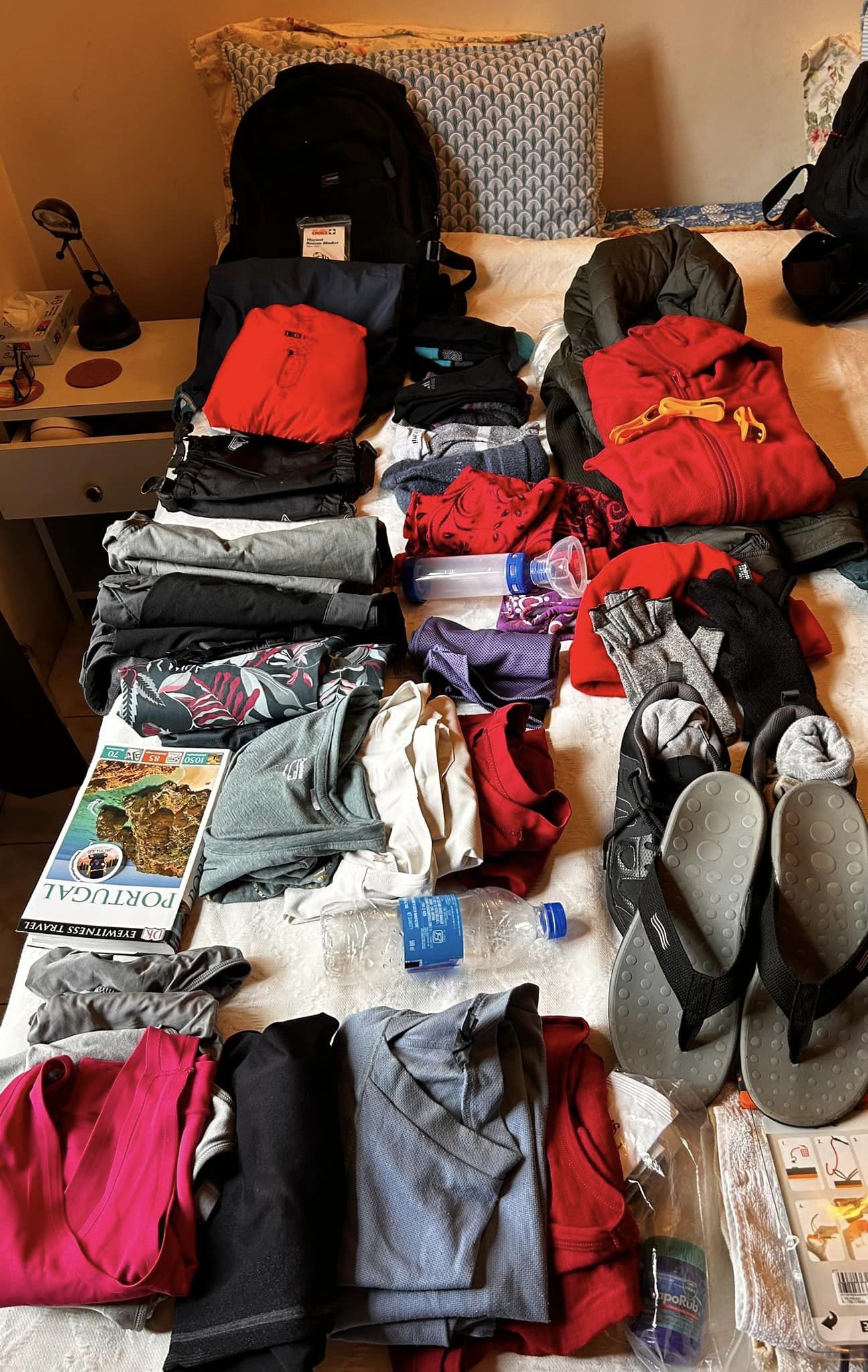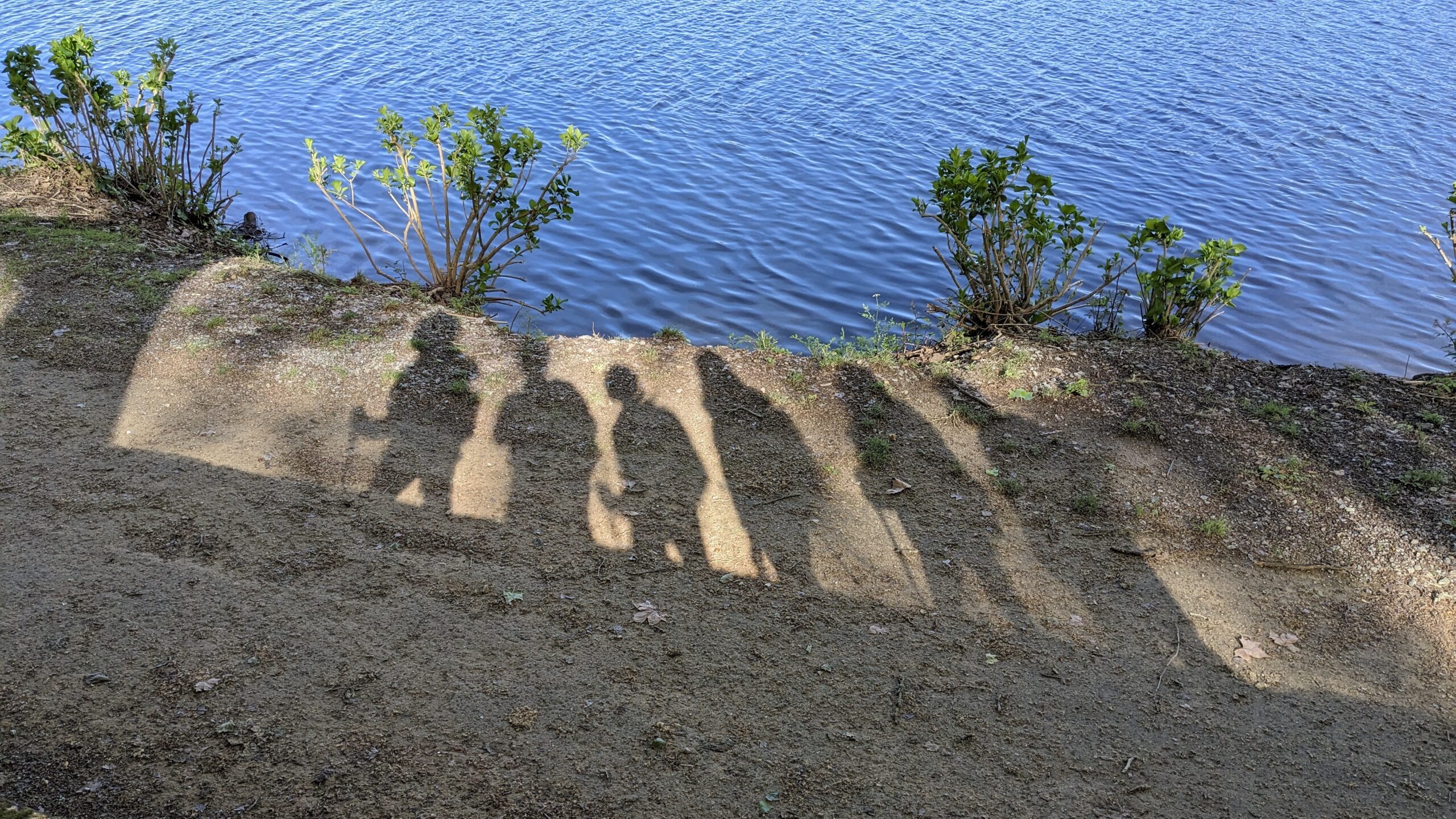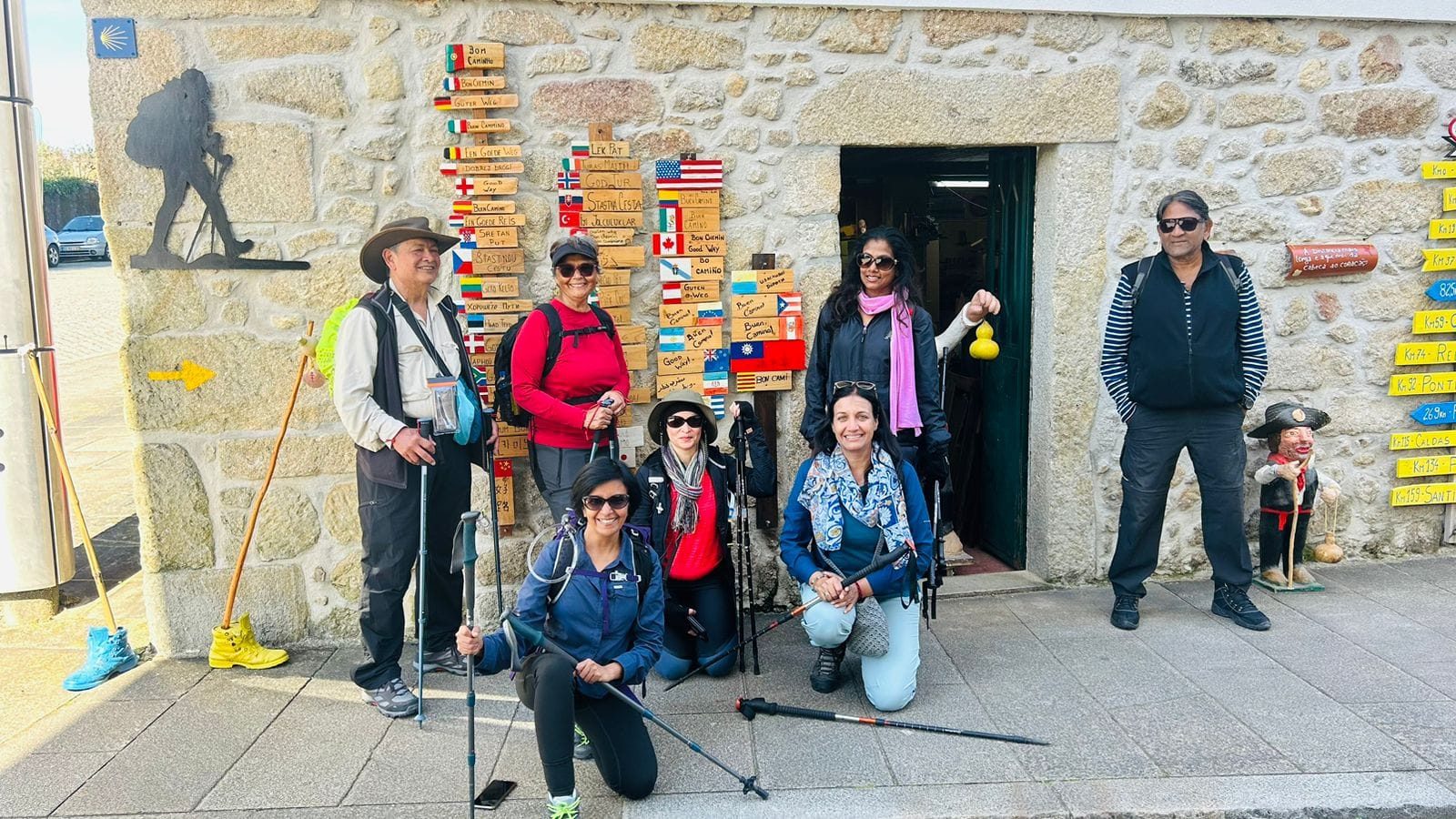The Camino de Santiago is a profound experience with both physical and spiritual rewards and let’s be honest, challenges..
For seniors, preparing for this journey requires careful planning and consideration. Having walked multiple caminos after I crossed 60, here are some tips on physical training, packing essentials, and practical advice to ensure that older individuals are well-prepared, confident, and excited about their pilgrimage. Strangely, after every camino I feel I come back feeling younger and fitter than ever, but that doesn’t change my calendar years.
Physical Training Tips
The Camino de Santiago is a significant physical undertaking, especially for senior pilgrims. To ensure a safe and enjoyable journey, build your stamina and strength. Start by incorporating regular walks into your daily routine, gradually increasing the distance and intensity. Aim to walk at least three to four times a week, beginning with shorter distances and progressively working up to longer walks. This gradual increase will help your body adapt to the physical demands of the Camino, reducing the risk of injury.
Incorporating varied terrains in your training is essential. The Camino features a mix of flat plains, rolling hills, and uneven paths, so try to to simulate these conditions during your walks. Local National parks, trails, or even urban environments with stairs and inclines will prepare your legs for the different surfaces you’ll encounter. Walking on similar terrains will not only build your physical endurance but also boost your confidence, knowing you can handle the diverse landscapes of the pilgrimage.
Flexibility and balance exercises are also vital components of your training regimen. As we age, maintaining flexibility becomes increasingly important to prevent injuries and ensure ease of movement. Activities such as yoga, Pilates, and simple stretching routines can significantly enhance your flexibility and balance. These exercises help to keep your muscles supple and joints mobile, which is crucial when navigating the varied terrains of the Camino. Consider joining a local yoga or Pilates class, or follow online tutorials that focus on flexibility and balance for seniors.
Endurance training is another key aspect to consider. to be truthful, I only started on these recently, as a fellow pilgrim said it was necessary to interrupt the walking days with some different cross training. Engaging in activities that build cardiovascular fitness, such as swimming, cycling, or low-impact aerobic exercises, can greatly improve your overall stamina. These exercises support your cardiovascular health without putting undue stress on your joints, making them ideal for older individuals. By enhancing your endurance, you’ll be better equipped to handle the long days of walking on the Camino.
Listening to your body is perhaps the most critical tip of all. As you train, pay attention to how your body responds to increased activity. It’s essential to recognize the difference between normal muscle soreness and potential injuries. Ensure you get adequate rest and recovery between training sessions to allow your body to heal and strengthen. Overtraining can lead to burnout or injury, which could hinder your ability to complete the Camino. If you experience persistent pain or discomfort, consult with a healthcare professional to address any issues before they escalate.
Incorporating strength training into your routine can also be highly beneficial. Simple exercises such as squats, lunges, and resistance band workouts can help build muscle strength, particularly in your legs, core, and back. Strong muscles provide better support for your joints and can improve your walking posture, reducing fatigue and the risk of injury. Strength training can be easily done at home or at a local gym with minimal equipment.
Finally, consider the importance of mental preparation.
The Camino is not just a physical journey but a mental, emotional and spiritual one as well. Engage in activities that promote mental resilience, such as mindfulness meditation or relaxation techniques. Preparing your mind for the challenges ahead can make a significant difference in your overall experience. Visualizing yourself successfully completing the Camino, managing any obstacles with confidence, and maintaining a positive mindset can greatly enhance your journey.
By following these comprehensive physical training tips, you’ll be well-prepared for the Camino. Building your stamina and strength, incorporating flexibility and balance exercises, engaging in endurance training, listening to your body, and preparing mentally will all contribute to a successful and fulfilling pilgrimage.
The preparation process is the first step of your journey, and you’ll set yourself up for an unforgettable experience on the Camino.
Packing Essentials
When preparing for the Camino de Santiago, packing the right essentials is crucial for a comfortable and successful journey. The first step is selecting the right backpack. Opt for a lightweight, ergonomic backpack designed for long-distance hiking. Ensure it has padded shoulder straps and a waist belt to distribute the weight evenly across your body, reducing strain on your back and shoulders. Multiple compartments are great for organizing your gear, making it easy to access essential items without unpacking everything. Test your backpack on shorter hikes to adjust the fit and ensure it suits your needs.
Packing light is essential, but you must still include all necessary gear and clothing. Start with your footwear, arguably the most critical item. Invest in a pair of high-quality walking shoes or boots that offer excellent support and have been well broken-in before your trip. Blisters and sore feet can quickly ruin your Camino experience, so prioritize comfort and durability in your footwear choice. Consider bringing a second pair of lightweight shoes or sandals for evening wear to give your feet a break.
Clothing should be chosen with care, focusing on lightweight, moisture-wicking, and quick-drying materials. Layering is key to adapting to changing weather conditions. Pack a few base layers, such as moisture-wicking t-shirts and long-sleeved tops, to keep you dry and comfortable. Add mid-layers like fleece or lightweight sweaters for warmth, and a waterproof outer layer to protect against rain and wind. A wide-brimmed hat, sunglasses, and a scarf or buff can provide additional protection from the sun. Include a set of thermal layers if you expect colder weather, especially if you’re walking during the shoulder seasons.
Sleeping gear can vary depending on your accommodation preferences. If you plan to stay in albergues, which are basic pilgrim hostels, bring a sleeping bag or a sleeping bag liner. These provide a layer of comfort and hygiene, as bedding in albergues can sometimes be minimal. For those who prefer private accommodations, a sleeping bag liner might suffice. Regardless of your choice, opt for something compact and easy to pack.
Health and safety items are non-negotiable. Carry a well-stocked first-aid kit that includes bandages, antiseptic wipes, blister pads, pain relievers, and any prescription medications you require. Sunscreen is vital to protect your skin from the sun’s harsh rays, and insect repellent can keep bugs at bay, particularly in wooded or rural areas. A reusable water bottle is essential. Get a simple one, water along the Camino is generally safe to drink.
Travel documents and pilgrim credentials (credencial) should be kept safe in a waterproof pouch. Your passport, Camino guidebook, and credencial are crucial for accessing accommodations and collecting stamps along the way, which serve as a record of your pilgrimage. Keeping these documents dry and accessible will save you from unnecessary stress.
As you pack, think about the practicality and weight of each item. Everything you carry will add to your overall load, so prioritize multifunctional and lightweight items. For instance, a quick-dry towel can serve multiple purposes and take up minimal space. Similarly, a small utility knife or multi-tool is optional, but handy. Buy in Spain/Portugal as it is not allowed in cabin baggage.
Don’t forget about personal comfort and morale-boosting items. A journal or notebook can be invaluable for reflecting on your journey and recording your thoughts and experiences. A lightweight camera or smartphone with a good camera can capture the beautiful landscapes and moments you’ll want to remember.
By carefully considering each item and prioritizing essentials, you can ensure that your pack is both manageable and equipped for the journey ahead. Packing smartly will contribute significantly to your overall experience, allowing you to focus on the adventure and the transformative nature of the Camino de Santiago.
Practical Advice for the Journey
Planning and executing a journey on the Camino de Santiago requires practical strategies. One of the first steps is choosing the right route that aligns with your fitness level, interests, and time availability. The Camino Francés and Camino Portugués are among the most popular routes, offering well-marked paths, frequent accommodations, and a vibrant community of pilgrims. Research these routes and consider factors such as distance, terrain, and the availability of amenities to make an informed decision. Creating a flexible itinerary that allows for rest days and spontaneous exploration is highly recommended.
Accommodation is a crucial element of the journey, and planning ahead can make a significant difference, especially during peak seasons. The Camino offers a range of lodging options, from albergues (pilgrim hostels) to private guesthouses and hotels. Albergues provide a communal and affordable option, fostering a sense of camaraderie among pilgrims. However, for those seeking more privacy and comfort, private accommodations might be preferable. Booking your stays in advance ensures you have a place to rest each night, allowing you to focus on the day’s walk without worrying about finding a bed. Additionally, enjoying the local cuisine is one of the delights of the Camino, but it’s wise to carry snacks like nuts, dried fruit, and energy bars to keep you fueled between meals. Always carry water – have a reusable water bottle you can refill as you go.
Managing your pace is essential to avoid burnout and injury. The Camino is not a race; it’s a personal pilgrimage where the journey itself is as important as the destination. Walk at a comfortable speed, taking regular breaks to rest, drink water, and appreciate your surroundings. Listening to your body is vital—adjust your pace according to how you feel each day. If you experience discomfort or fatigue, don’t hesitate to take an extra rest day or shorten your walking distance. This flexibility is key to enjoying the pilgrimage and reaching Santiago de Compostela in good health.
Staying connected is a question many pilgrims ask. Carry a mobile phone with an international plan or a local SIM card to keep in touch with family and friends. Sharing your itinerary with loved ones and checking in regularly provides peace of mind for both you and your supporters back home. Familiarize yourself with the local emergency numbers and the locations of nearby medical facilities along your route. It’s wise to have a list of emergency contacts and any relevant medical information easily accessible.
Walking the the Camino also involves non spiritual practicalities such as managing money and securing your belongings. Carry a mix of cash and cards, as some smaller villages and albergues may not accept credit cards. A money belt or hidden pouch can help keep your valuables safe. Be mindful of your belongings, especially in communal sleeping arrangements, and consider using a lightweight lock for your backpack.
In addition to the physical and logistical aspects, the Camino is a deeply personal and often spiritual journey. Embrace the opportunity for reflection and self-discovery. Many pilgrims find that the Camino offers time to disconnect from the daily grind and reconnect with themselves and nature. Journaling your thoughts, feelings, and experiences can be a therapeutic way to document your journey and process the emotions that arise. Engaging in mindfulness practices, such as meditation or deep breathing, can enhance your mental resilience and overall enjoyment of the pilgrimage.
Community and camaraderie are integral to the Camino experience. You’ll meet people from diverse backgrounds, each with their own stories and reasons for walking. Building connections with fellow pilgrims can be one of the most rewarding aspects of the journey. Join in communal meals, share your experiences, and support each other through the challenges and triumphs of the pilgrimage.
By incorporating these practical strategies into your journey, you’ll be well-prepared to for the transformative nature of the Camino de Santiago. Each step, whether physically demanding or spiritually uplifting, contributes to the profound and memorable experience of this historic pilgrimage.
What to Expect During the Journey
The Camino de Santiago is an adventure filled with diverse experiences, from the physical demands to the emotional highs and lows. Understanding what to expect can help you better prepare and fully appreciate the journey. The path varies significantly, featuring flat plains, rolling hills, and occasionally steep or uneven terrains. You will encounter varying weather conditions, from intense sun to sudden rain showers. Preparing for these changes with appropriate gear and a flexible mindset will make the journey more manageable and enjoyable.
As you progress along the Camino, the physical challenge will become a significant part of your daily routine. Early in the journey, you may experience muscle soreness and fatigue as your body adjusts to the demands of walking several kilometers each day. It’s essential to listen to your body and allow time for rest and recovery. Over time, you will likely find your stamina improving, and the physical exertion may even become a meditative, rhythmical part of your day. Embrace the physicality of the Camino as an integral aspect of the pilgrimage, one that brings you closer to the environment and the historical path you are following.
Beyond the physical challenges, the Camino offers a rich tapestry of emotional and spiritual experiences. Many pilgrims find that the journey provides a unique opportunity for introspection and personal growth. Walking for hours each day, often in silence, creates space for reflection and mindfulness. You may find yourself contemplating your life, your goals, and your relationships. The Camino has a way of stripping away the distractions of daily life, allowing you to focus on what truly matters. Journaling your thoughts and experiences can be a valuable way to process these reflections and capture the transformative moments of your journey.
The emotional landscape of the Camino can be just as varied as the physical one. You may experience moments of elation when reaching a particularly beautiful viewpoint or overcoming a challenging section of the trail. Conversely, there may be times of frustration or doubt, particularly when faced with physical discomfort or logistical challenges. It’s important to remember that these emotional fluctuations are a natural part of the pilgrimage. Embrace the highs and lows, knowing that each experience contributes to the richness of your journey.
A significant aspect of the Camino experience is the sense of community and camaraderie among pilgrims. You will meet people from all over the world, each with their own stories and reasons for walking. The shared goal of reaching Santiago de Compostela creates a bond among pilgrims, fostering a supportive and inclusive atmosphere. Engage with your fellow travelers, share your experiences, and offer encouragement. These interactions often lead to deep, lasting friendships and a sense of belonging that can be profoundly rewarding.
As you approach Santiago de Compostela, the anticipation and excitement will build. The final stretch of the journey is often filled with a mix of emotions – pride in what you have accomplished, sadness that the journey is coming to an end, and joy at reaching your destination. The sight of the spires, the sense of history, and the culmination of your efforts can be incredibly moving. Take time to savor this moment, reflect on your journey, and celebrate your achievement.
Participating in the Pilgrim’s Mass at the cathedral is a meaningful way to conclude your pilgrimage. This traditional service honors the pilgrims who have completed the journey and offers a time for reflection and gratitude. Collecting your compostela, the official certificate of completion, is another significant milestone. It serves as a tangible reminder of your journey and the dedication required to reach Santiago.
Beyond the physical and emotional aspects, the Camino also offers practical lessons that you can carry forward into your daily life. The simplicity of living with only what you can carry on your back, the discipline of walking each day, and the resilience required to overcome challenges are all skills that can enrich your life long after you have returned home. Many pilgrims find that the Camino teaches them to appreciate the present moment, value human connections, and approach life with a renewed sense of purpose and gratitude.
Knowing what to expect and approaching the journey with an open heart and mind, you can fully embrace the transformative nature of this ancient pilgrimage.

